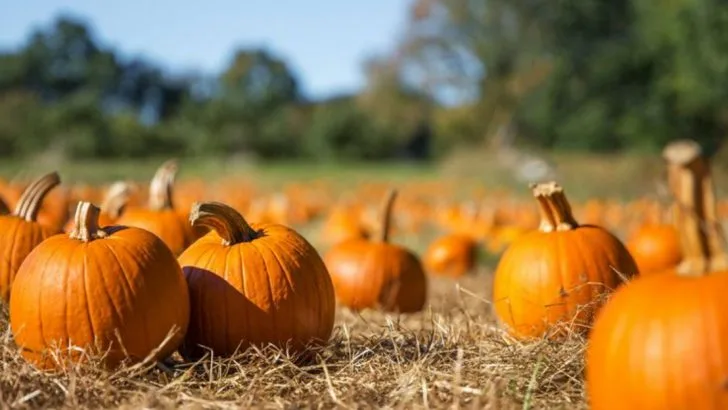That tiny seedling? It’s about to claim your entire raised bed. Some vegetables play nice in tight quarters. Others stretch out like they’re auditioning for a Broadway stage. You thought you had room for ten plants—turns out, one pumpkin vine disagrees. Zucchini? It’s practically a land baron. Cabbage? Like a beach ball with roots. And don’t even get us started on melons. Cramming these space hogs together only leads to spindly growth, sad harvests, and a lot of regret. So before your garden turns into a turf war, let’s set the record straight. Here are 17 vegetables that demand elbow room—and how much space they really need to thrive.
Pumpkin
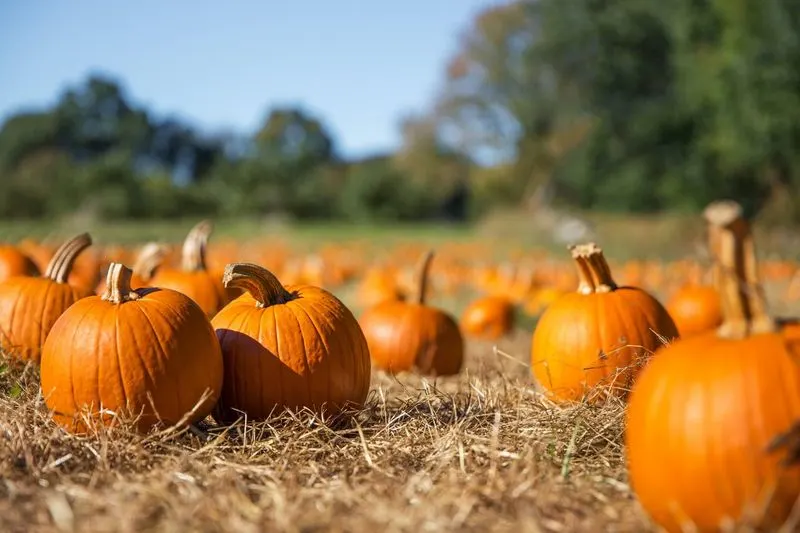
Pumpkins are not just for Halloween; they are space-hungry giants that can overrun your garden. Each vine can grow up to 20 feet long, seeking room to sprawl and spread. With their massive leaves and trailing vines, pumpkins demand proper planning for space allocation.
Beyond their size, pumpkins need rich soil and consistent watering to thrive, making them a challenge for small gardens. Their vibrant orange hue adds autumn charm, but be prepared to sacrifice a good portion of your plot for these big beauties.
Considered nature’s giants, pumpkins are true space dominators.
Zucchini
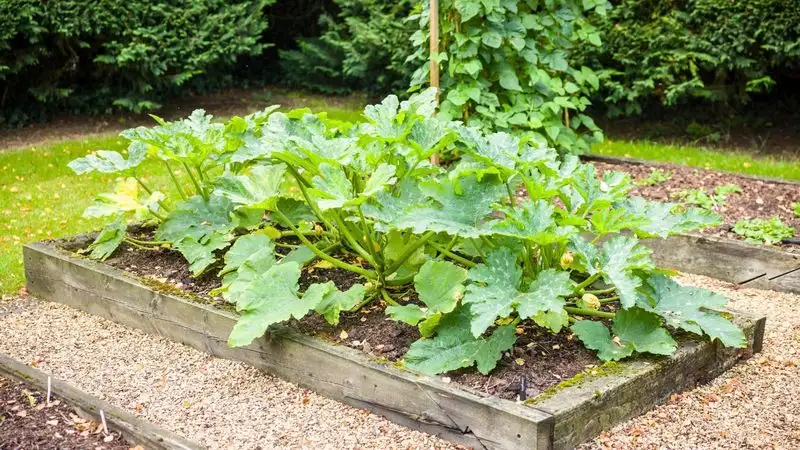
Zucchinis are prolific producers requiring ample space to thrive. Each plant can spread over several feet, with large leaves that shade out competitors. Their quick growth can surprise even seasoned gardeners.
Zucchinis thrive in warm weather and need regular harvesting to prevent them from becoming too large. Their rich green fruits are a summer staple, but they require dedicated space to maximize yield.
Known for their rapid expansion, zucchinis are a favorite but need room to truly shine.
Cabbage
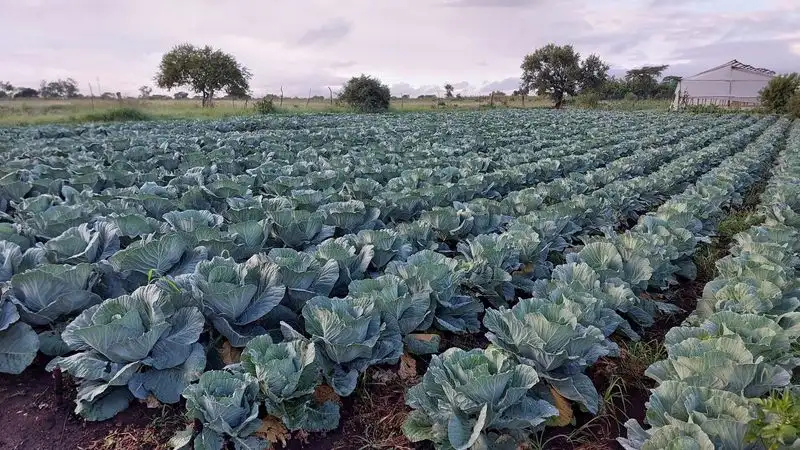
Cabbages demand more space than their compact appearance suggests. Each head requires significant room, not just for the plant itself, but for air circulation to prevent disease.
These leafy vegetables are cool-weather crops, thriving in spring and fall. Their sprawling leaves can smother nearby plants if not spaced properly. Despite their reputation as a staple, cabbages are space hogs in any garden.
Cabbages, with their robust heads, remind gardeners to respect their spatial needs.
Watermelon
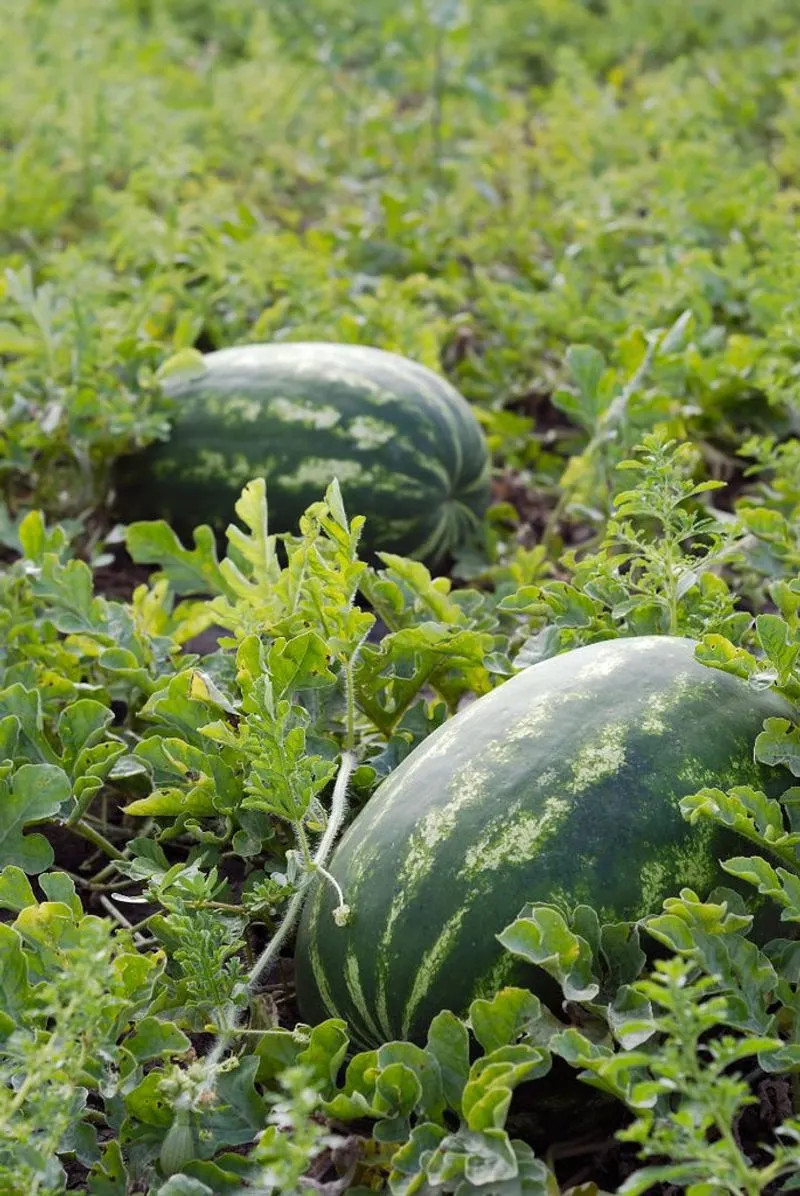
Watermelons are synonymous with summer, but few realize their sprawling nature. Vines can extend over 12 feet, requiring ample room to stretch out under the sun.
These juicy fruits need warm temperatures and consistent care to flourish. Their expansive growth can overtake small gardens, demanding more space than many anticipate.
Watermelons offer sweet rewards, but only if given the freedom to roam.
Cauliflower
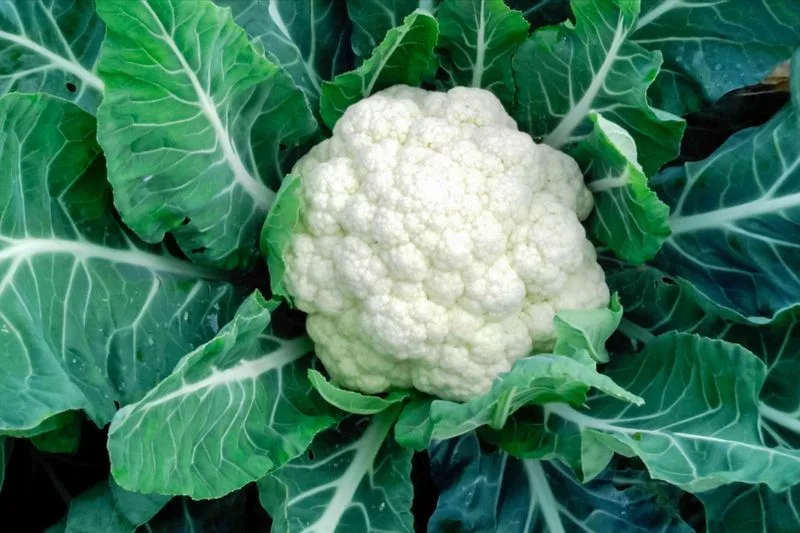
Cauliflower plants may start small, but they quickly expand, needing generous space to develop fully. Each plant’s broad leaves can overshadow smaller neighbors.
Thriving in cool climates, cauliflower requires careful spacing to ensure healthy head formation. Their white curds are a favorite, but they are demanding in terms of space.
Cauliflower’s need for room makes it a consideration for spacious garden plots only.
Broccoli
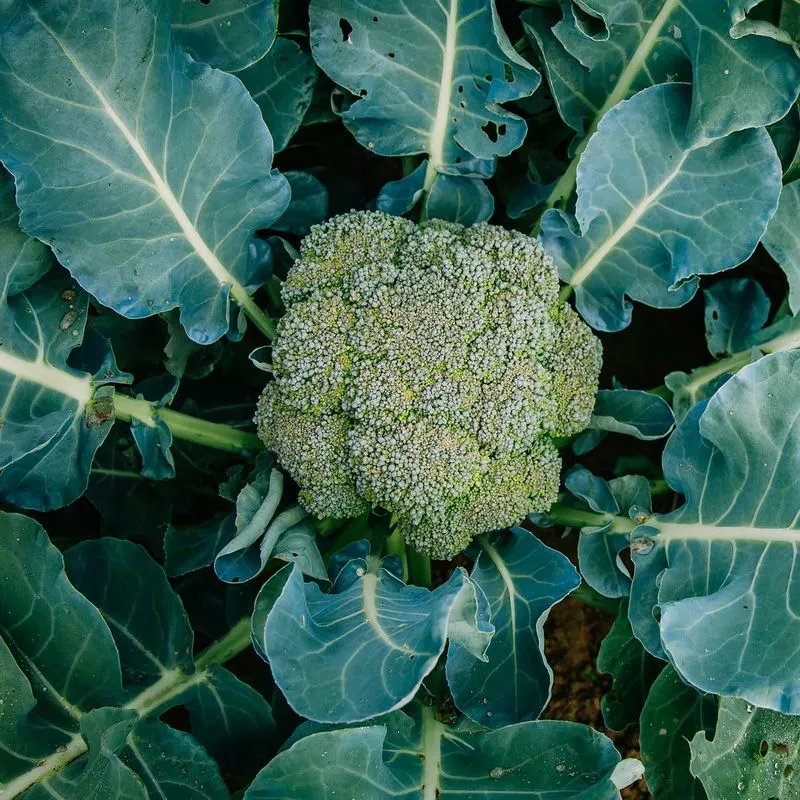
Broccoli is more than just a nutritious choice; it’s a space-intensive vegetable. Each plant needs room to expand its floret heads and support tall, leafy stalks.
Broccoli thrives in cooler temperatures and requires consistent care to prevent bolting. Their bushy nature demands spacing to optimize growth.
Broccoli’s delightful green clusters are worth the space they occupy.
Squash
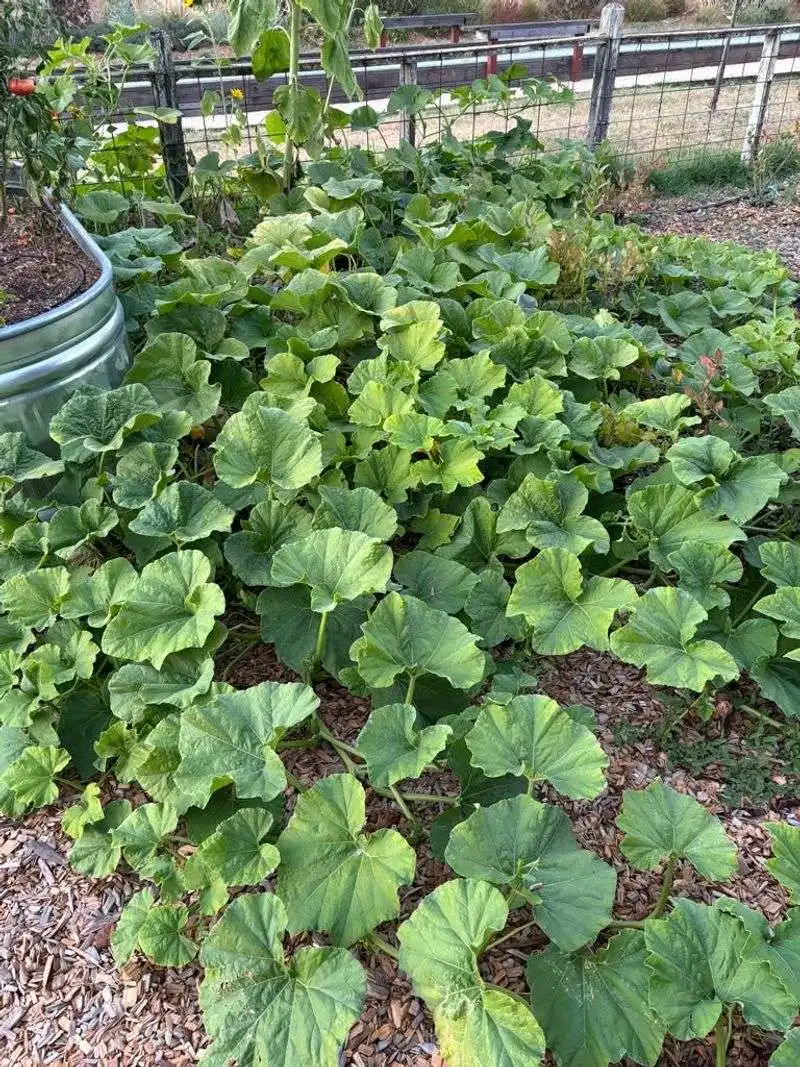
Squash plants are notorious for their sprawling growth, often overtaking garden spaces if not controlled. Their vines can stretch several feet in all directions.
These plants produce an array of colorful fruits but need ample room to spread. Squash thrives in warm climates, making them a summer garden staple.
Their aggressive nature requires strategic planning to manage effectively.
Artichoke
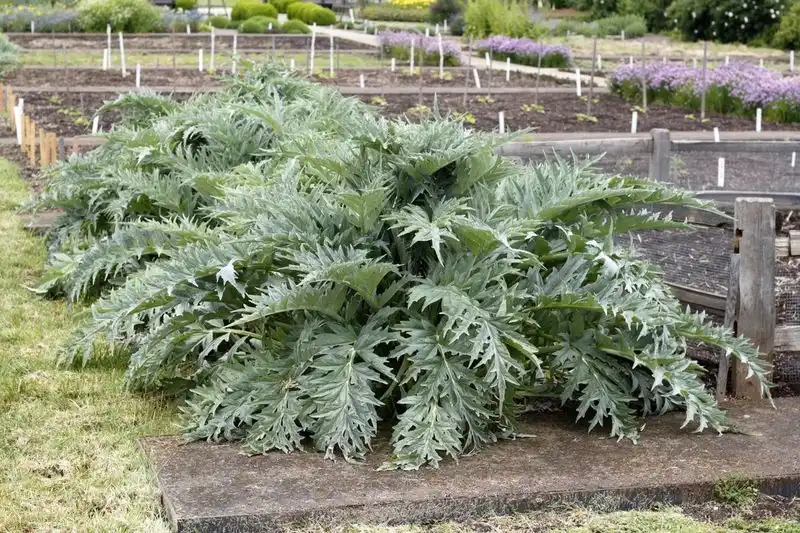
Artichokes are architectural wonders, with their grand foliage and budding heads. They require ample room to spread their long leaves and deep roots.
These perennials demand patience, often taking two years to produce fully. Their striking appearance adds a unique element to gardens but requires significant space.
Artichokes are a commitment, rewarding patient gardeners with their unique beauty.
Celery
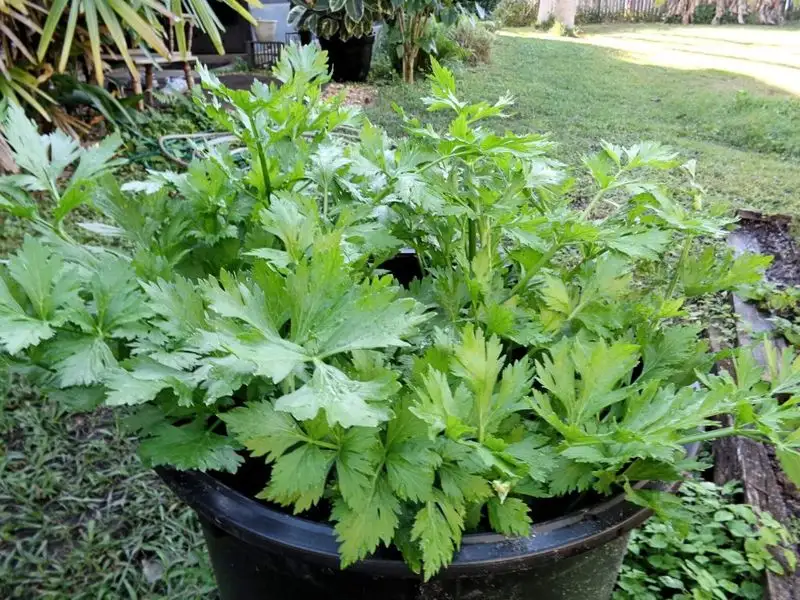
Celery plants, while appearing slender, need more space than expected. Their root systems spread wide, demanding well-drained soil and ample spacing.
Celery thrives in cooler weather and needs consistent moisture to produce crisp stalks. These plants require careful planning to ensure they have room to grow without competition.
Celery’s deceptive growth habit surprises many gardeners with its spatial demands.
Eggplant
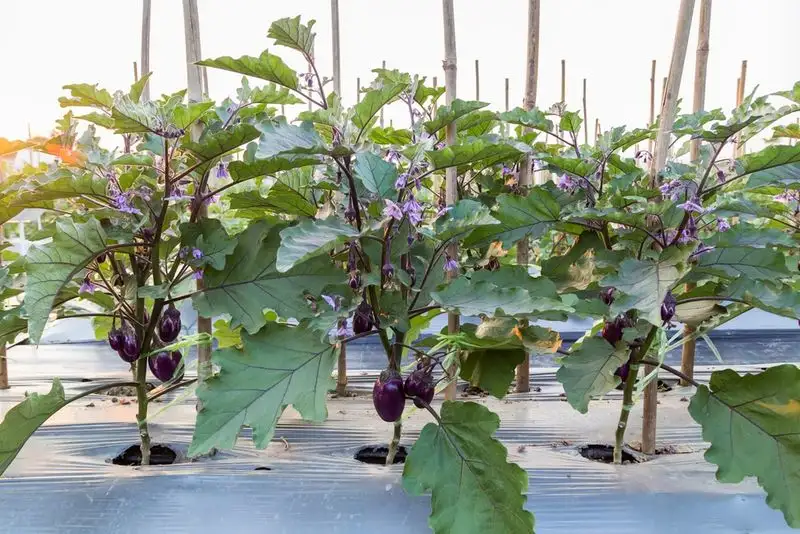
Eggplants, with their glossy fruits, need more than just sunlight to thrive; they require space to accommodate their bushy growth.
These warm-season vegetables demand consistent warmth and plenty of room for their sprawling nature. Eggplants are not just a culinary delight but also a spatial challenge in gardens.
Their need for ample space is often underestimated by novice gardeners.
Corn
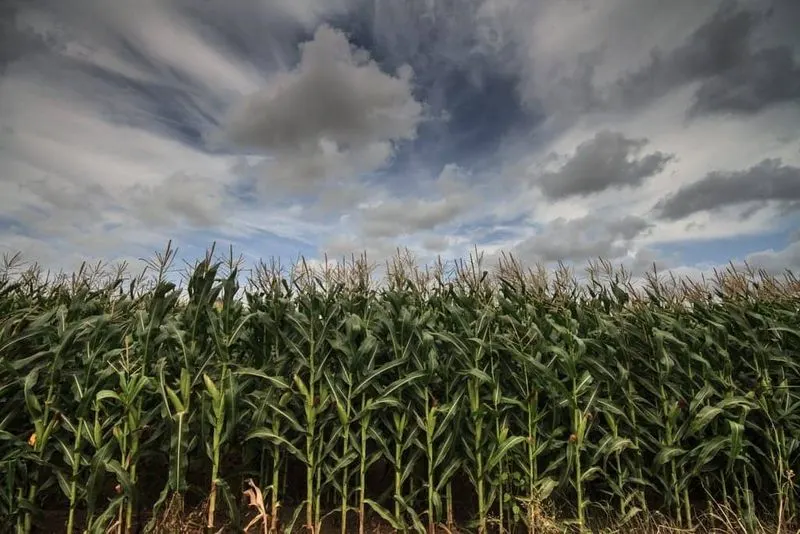
Corn is a classic garden staple, yet its towering stalks demand more room than most vegetables. Each plant requires space to stand tall and ensure proper pollination.
Corn thrives in warm, sunny conditions and can quickly dominate smaller garden areas. Their spatial needs make them suitable for large plots.
Corn’s iconic presence in gardens requires thoughtful planning for success.
Okra
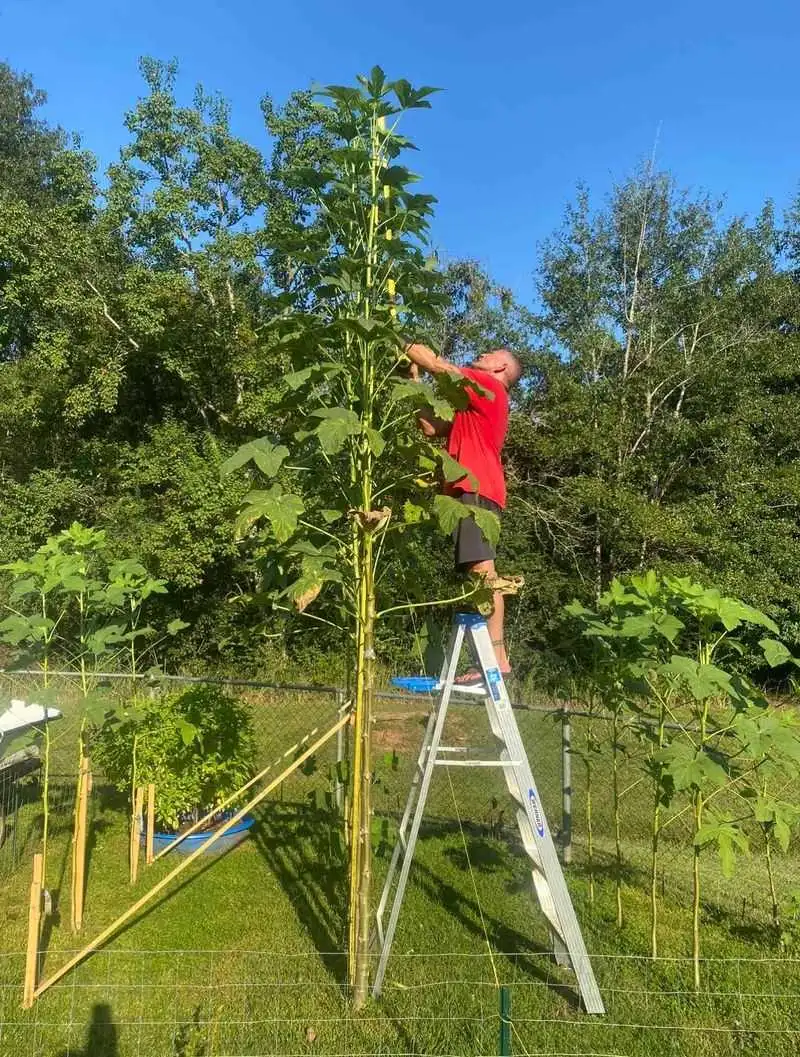
Okra plants, known for their distinctive pods, require more than just a sunny spot to flourish. They need space to accommodate their height and branching nature.
Thriving in warm climates, okra demands regular picking to prevent pods from becoming fibrous. Their growth habit makes them a consideration for spacious gardens.
Okra’s bold presence is both a culinary and gardening delight.
Tomatillo
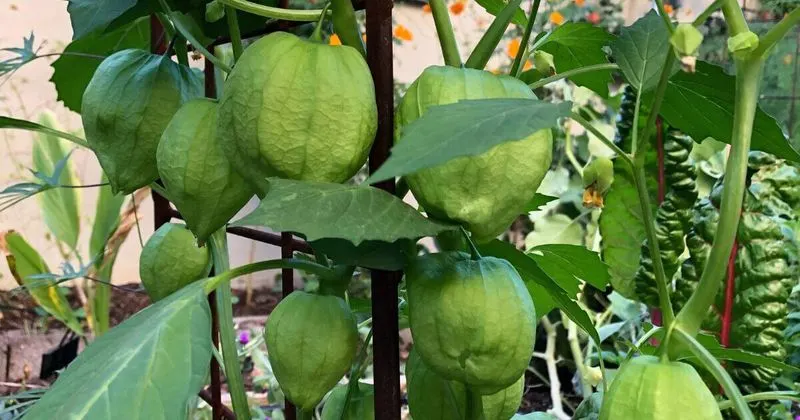
Tomatillos are often underestimated in terms of their spatial needs. These plants can spread widely, with branches laden with small green fruits enveloped in husks.
Thriving in sunny environments, tomatillos require space to ensure healthy fruiting. Their sprawling nature can crowd out nearby plants.
Tomatillos offer a vibrant addition to gardens but need room to flourish fully.
Potato
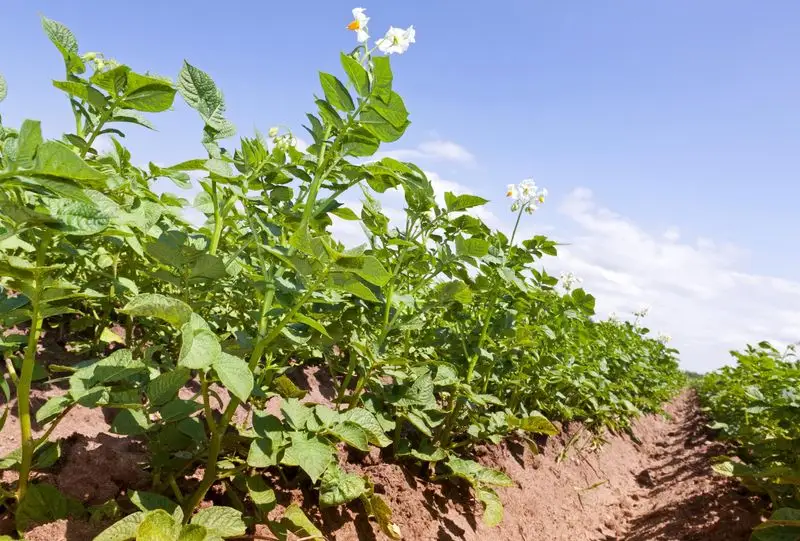
Potatoes, though grown underground, demand ample surface space for their leafy tops and sprawling roots. Each plant requires adequate room to prevent competition.
Potatoes thrive in well-drained soil and need consistent care to produce a bountiful harvest. Their hidden growth requires more space than their modest tops suggest.
Potatoes, a staple crop, need thoughtful spacing for success.
Sweet Potato
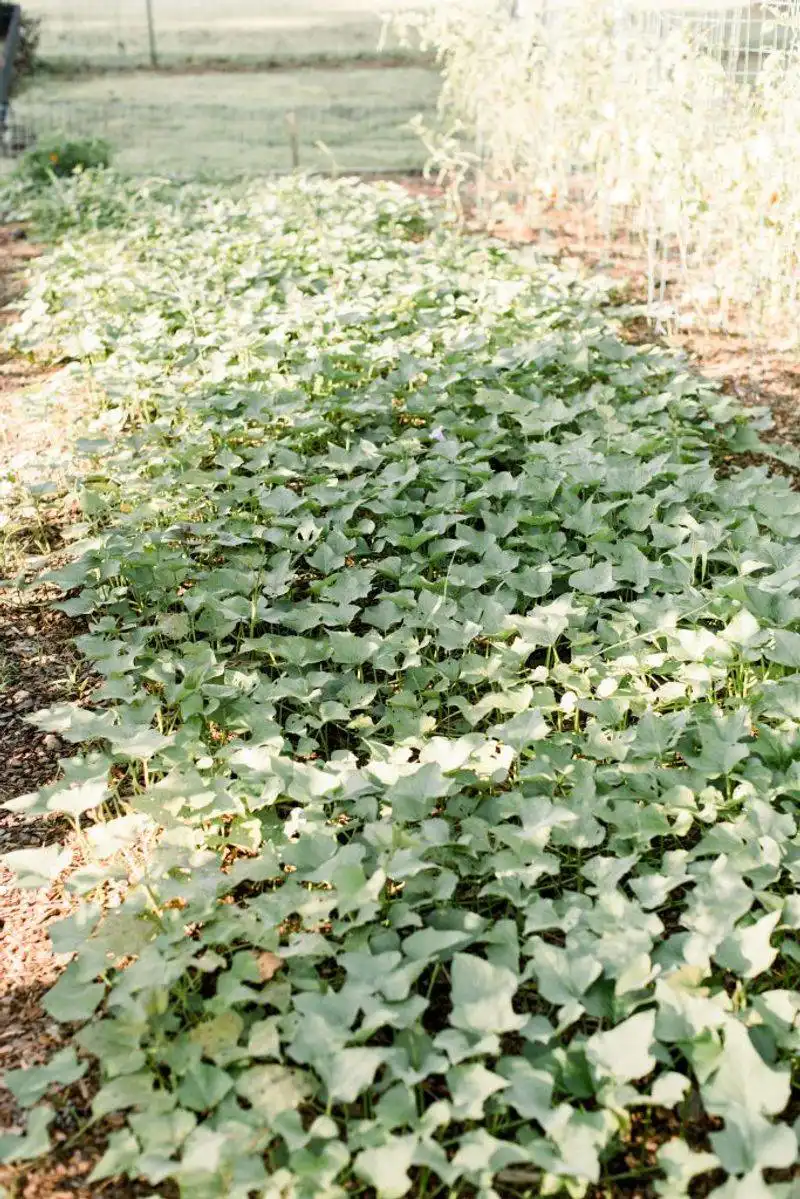
Sweet potatoes are not just about their delicious roots; they are about sprawling vines that can cover large areas. These plants demand space to spread and thrive.
Thriving in warm conditions, sweet potatoes need well-drained soil and regular care to ensure a good yield. Their expansive growth requires careful planning in garden layouts.
Sweet potatoes’ sprawling nature makes them a space-intensive choice.
Kohlrabi
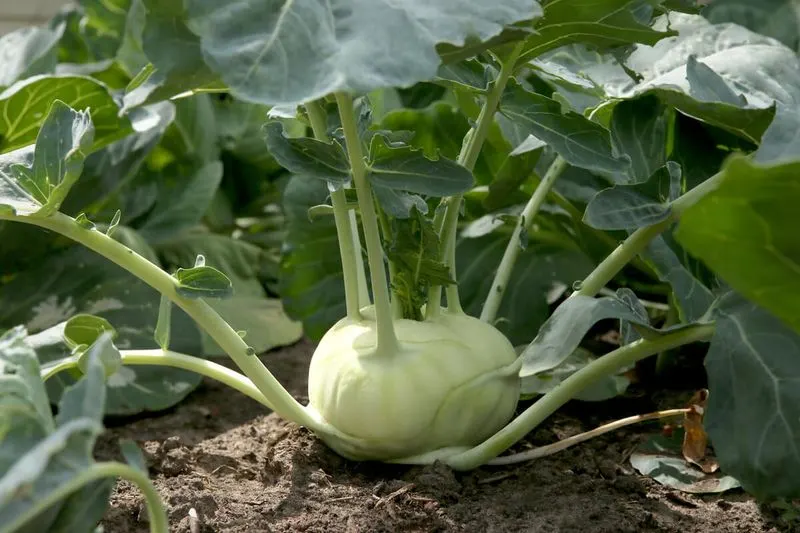
Kohlrabi, with its bulbous stem, is a curious addition to gardens. Each plant requires space to expand its unique shape and develop properly.
Thriving in cooler climates, kohlrabi needs well-drained soil and ample room to avoid crowding. Their distinctive appearance adds intrigue to any garden plot.
Kohlrabi’s need for space surprises many with its unusual growth habit.
Brussels Sprouts
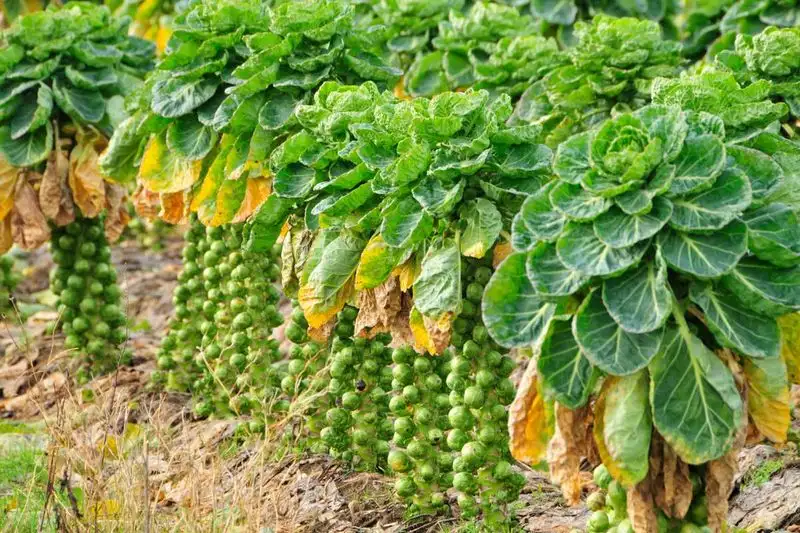
Brussels sprouts are towering plants, each requiring significant room to develop their vertical stalks adorned with mini cabbages.
These cool-weather crops thrive in spacious conditions, needing proper spacing to ensure a healthy harvest. Their height and structure make them a unique garden choice.
Brussels sprouts, with their lofty stature, demand more room than most anticipate.

